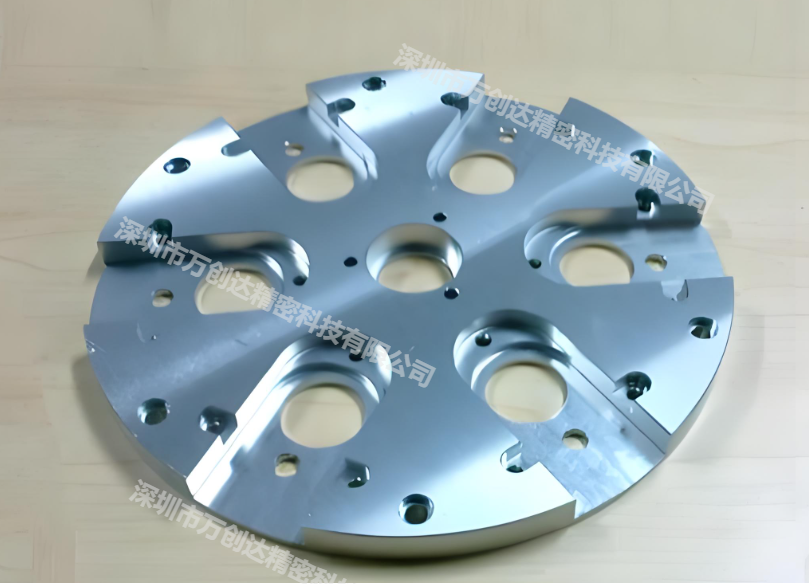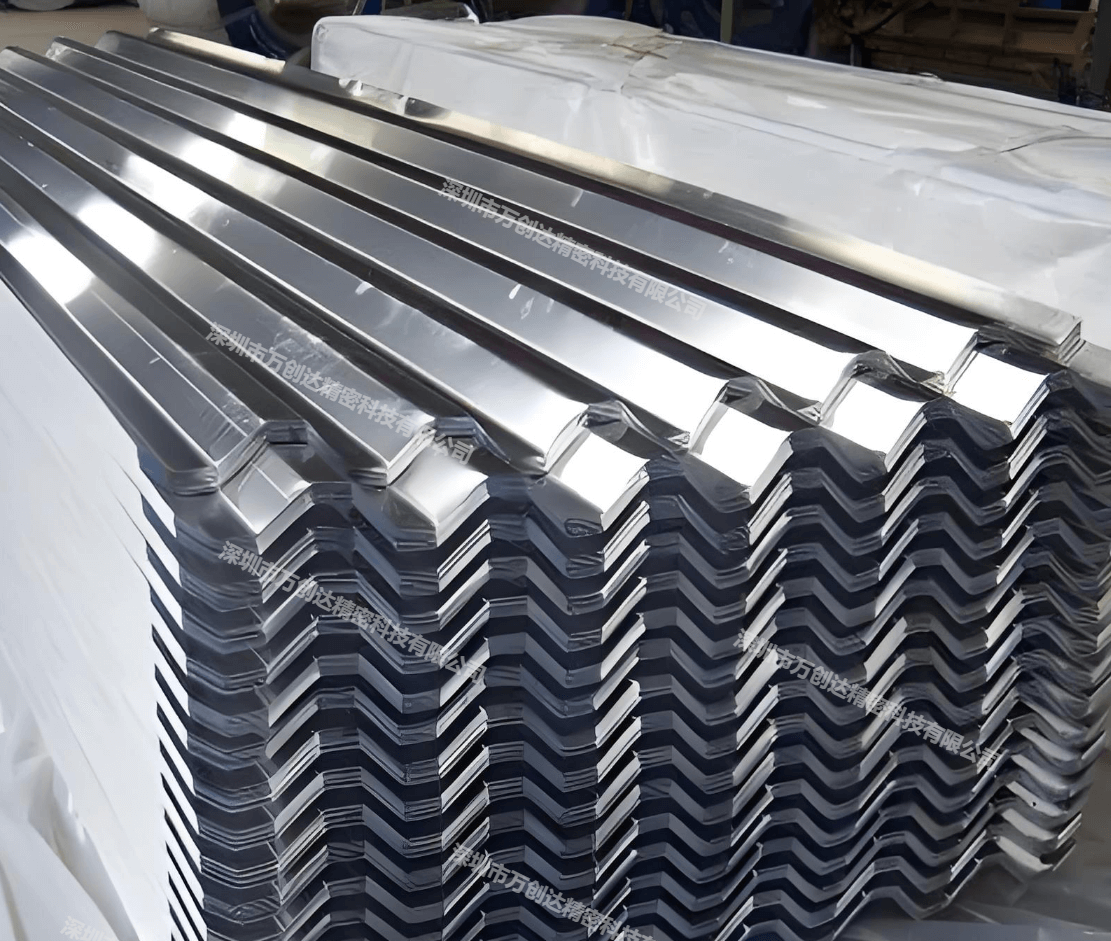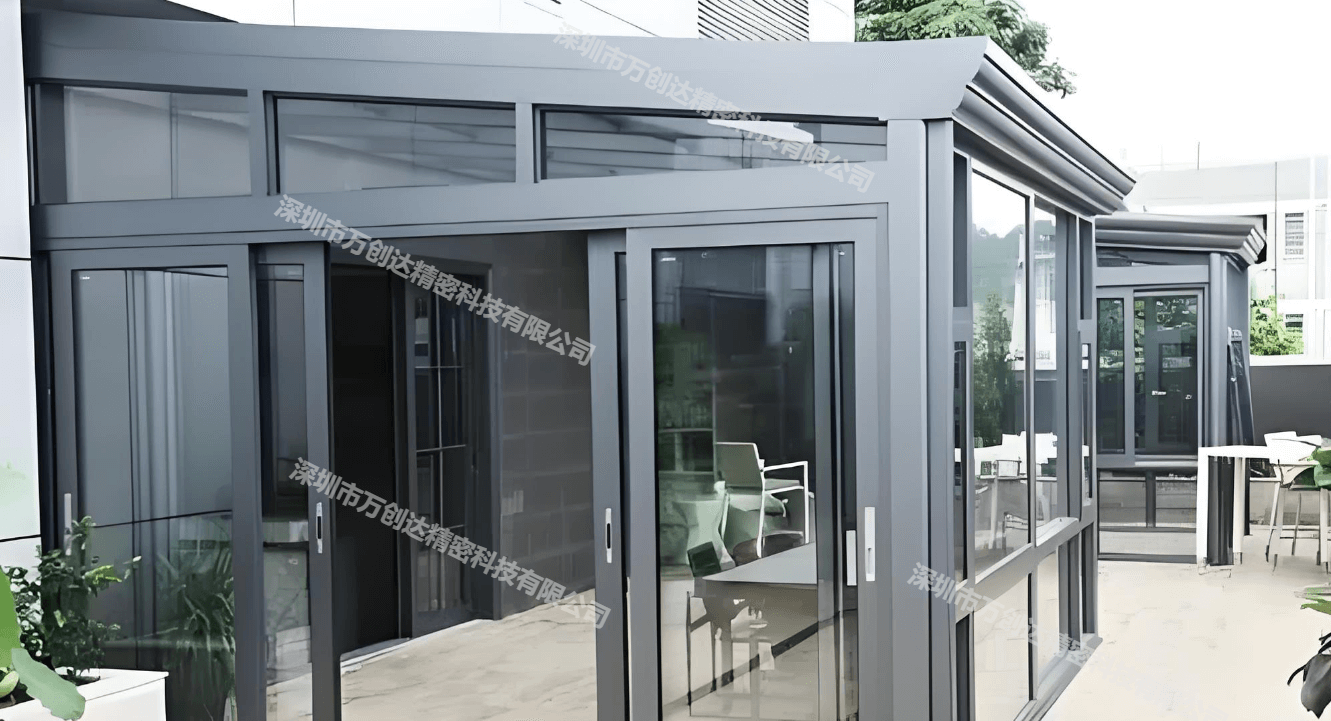CNC Machining Applications in Automotive Parts: Processes & Benefits
Explore how CNC machining powers the production of automotiv...
1. What is cast aluminium?
As the term suggests, cast aluminum refers to the process of melting aluminum or aluminum alloys at high temperatures to create a molten metal, which is then poured into a mold and allowed to cool into a solid cast aluminum parts. This process involves three main steps: melting, pouring, and cooling. Despite these seemingly simple steps, producing high-quality castings involves various considerations. Different aluminum casting process can be selected based on specific requirements.

1. Sand casting: this is the most traditional way of casting aluminum, this process requires the use of sand to make molds, according to the shape of the cast aluminum parts to make two parts of the mold, and then close and melt the aluminum for casting or aluminum alloy into the mold.
This aluminium casting process is highly flexible and can be used for cast aluminum parts of all shapes and sizes. However, the disadvantage is that the molds are mostly made of a mixture of sand and binder, which results in cast aluminum parts that do not have a smooth surface, do not have the ultimate dimensional accuracy, and have to be subsequently polished and subjected to further deep processing.2. Pressure Casting: Using high pressure to inject the melted aluminum into the mold that has been made and continue to increase the pressure to ensure that the aluminum liquid in the mold to reduce oxidation and the denseness of the aluminium casting. After cooling, open the mold to remove the aluminum casting.
This aluminum casting technology produces cast aluminum parts with excellent mechanical properties, smooth surfaces and accurate dimensions, and the production efficiency is much higher than sand casting. But the process operation engineering requirements are more stringent, in order to avoid the emergence of porosity, cracks and other defects, the entire casting process of temperature control, pressure regulation and cooling rate management is extremely critical.3. Metal casting: according to the shape of the cast aluminum parts design can be reused metal mold (mostly two-flap type, easy to open and close and aluminum casting out), metal molds need to be heated before use to prevent cracking. After pouring the melted aluminum liquid and waiting for its cooling before the mold can be opened and removed.
This aluminum casting process, you need to make high-precision molds in advance, the initial cost is higher, but the production efficiency can be reused, the production of aluminum castings of high precision, the surface is also smooth, basically do not need to be reprocessed later can be used.3. What Are the Applications of Aluminum Castings?
Aluminum castings are found in many aspects of our daily lives. They are used in household appliances such as rice cookers, washing machine housings, door frames, and stair railings, as well as in automotive parts like engine blocks, wheels, pistons, and intake manifolds. They are also utilized in aerospace components such as wing structures, engine parts, and fuselage frames.

4. Why is it so widely used? Originally, aluminum products have these properties
Aluminum itself has a lightweight, electrical and thermal conductivity, plasticity, non-magnetic, recyclability and other properties, but the common aluminum castings in daily life in many cases is not all single kind of metal of aluminum, often needs to be combined with the other kinds of metal according to the needs, derives other aluminum alloy products with different properties. The combination of these metals will have different properties according to different combination ratios, so the material ratio is one of the key points.
Aluminum and manganese, magnesium, zinc, copper and other metals form an alloy that retains the lightweight properties of aluminum while inheriting the wear-resistant, high-hardness and high-strength properties of other metals, and the aluminum metal casting made from this kind of material are commonly used in the aerospace industry to provide good reliability.
Aluminum and magnesium, silicon alloy formed by the combination of aluminum and magnesium, silicon combination of lightweight aluminum also has a magnesium, silicon, good heat resistance and castability. The aluminum metal casting made from this kind of material are commonly used in automotive engine components.
Combined with lithium metal to form a lithium-aluminum alloy is a high-end materials, lithium metal as the lightest metal on earth, their combination effectively reduces the density of the alloy, at the same time has a good fatigue performance, the castings made of this material is often used in aircraft landing gear, fuselage frame and other high-end areas.
At the same time, under the premise of retaining the required properties, the addition of other relatively inexpensive metal materials, enhanced performance at the same time can effectively reduce material costs. This is one of the key reasons for its widespread use.

Explore how CNC machining powers the production of automotiv...
Discover how high-precision CNC machining enables ultra-accu...
Explore how CNC machining technology, through high precision...
Learn about the different types of metal plating processes, ...
Surface treatment technologies are integral to improving mat...

Copyright © 2024 Shenzhen Xunchuangda Precision Technology Co., Ltd. ALL Rights Reserved




